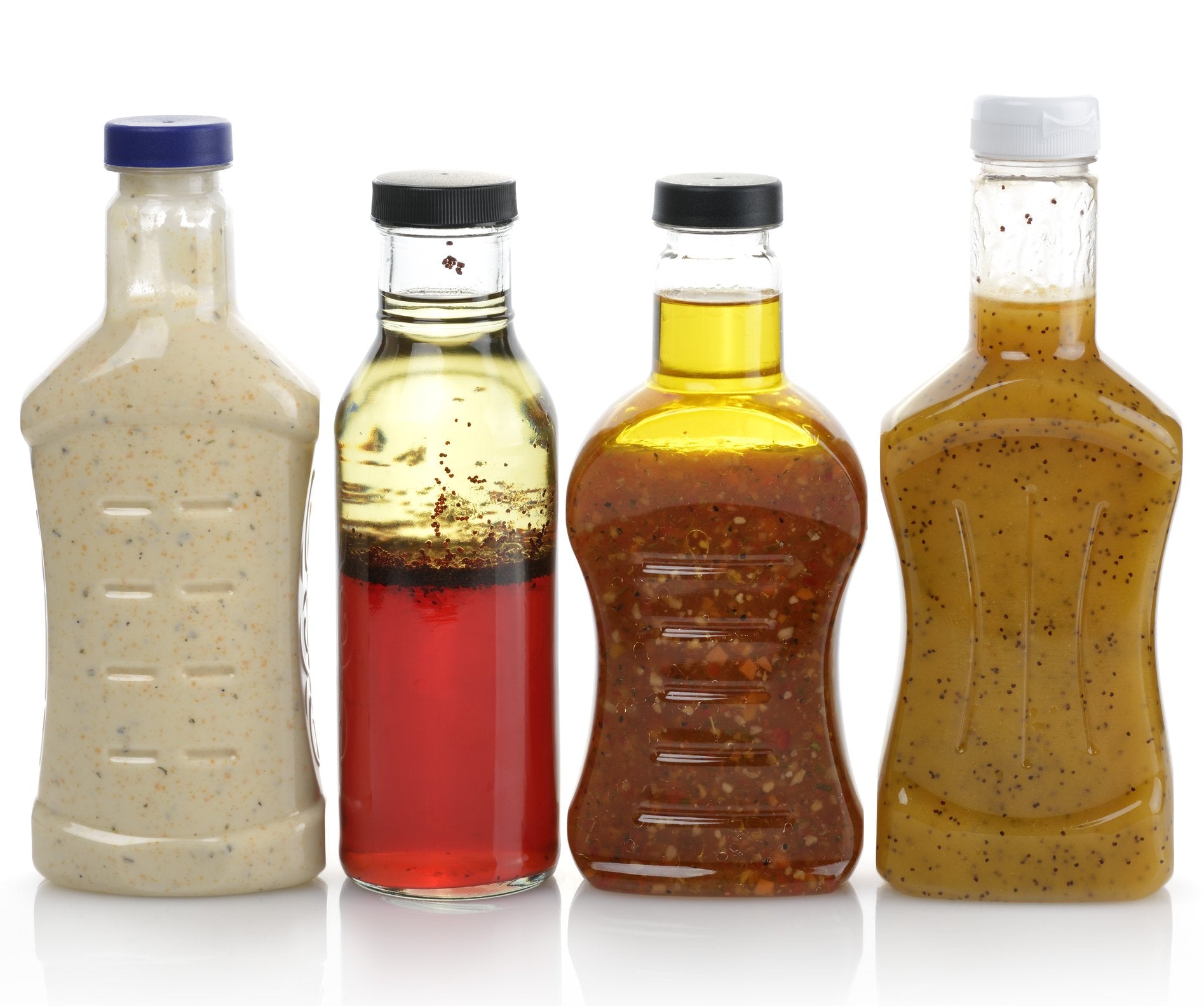The relationship between emulsifiers and taste
The Crucial Benefits of Emulsifiers for Smooth and Steady Blends
Emulsifiers are vital in producing stable and smooth mixes throughout numerous sectors. They reduce surface stress between immiscible liquids, leading to improved structure and total sensory experiences. In food and cosmetics, their duty expands past plain blending; they additionally enhance life span and product integrity. Comprehending the types and applications of emulsifiers discloses their value in formulation processes. However, the nuances of their effectiveness warrant better exploration.
Comprehending Emulsifiers: The Scientific Research Behind the Blend
Emulsifiers are often neglected in everyday food preparation and food manufacturing, they play a necessary role in supporting combinations that would or else separate. Emulsifiers are compounds that decrease surface stress between two immiscible liquids, such as oil and water. They possess both hydrophilic (water-attracting) and hydrophobic (water-repelling) residential properties, permitting them to connect with both phases. This distinct characteristic allows emulsifiers to create a steady interface, avoiding the separation of fats and fluids.
Common instances of emulsifiers consist of lecithin, frequently originated from eggs or soybeans, and mono- and diglycerides. These compounds create a consistent texture in items like mayonnaise, salad dressings, and sauces. The science behind emulsifiers exists in their ability to develop a steady emulsion, which is essential for attaining preferable food high quality and service life. Recognizing the function of emulsifiers is necessary for food researchers and culinary experts going for constant results.
Culinary Applications: Enhancing Flavor and Structure
Emulsifiers significantly improve culinary applications by enhancing both flavor and appearance in a selection of food items (emulsifiers). They play an essential duty in developing stable solutions, which are vital for sauces, dressings, and mayo. By making it possible for the even distribution of fats and water, emulsifiers assure that tastes are harmonious and well-blended, boosting the overall preference experience
In baked goods, emulsifiers contribute to a better crumb framework and improved moisture retention, causing products that are appealing and soft. Furthermore, they assist expand shelf life by avoiding splitting up and maintaining freshness.
In milk items, emulsifiers aid in developing smooth appearances, essential for items like gelato and cream cheese, where mouthfeel considerably influences customer satisfaction. Generally, making use of emulsifiers in cooking applications not just elevates flavor profiles but also enhances the sensory experience of different food things, making them much more attractive and satisfying.

Cosmetic Utilizes: Producing Elegant Solutions
When developing aesthetic products, the inclusion of emulsifiers is vital for attaining glamorous and smooth textures. These agents assist in the mixing of water and oil phases, developing steady emulsions that boost item performance and customer experience. Emulsifiers not only improve the uniformity of creams and creams yet also add to the overall sensory qualities, permitting for a much more pleasurable application and feel on the skin.
In addition, emulsifiers play an important duty in the efficient distribution of active components, ensuring that they remain evenly dispersed throughout the solution. This consistent distribution boosts the item's effectiveness, supplying targeted advantages such as hydration, anti-aging, and defense. The right emulsifier can impart a preferred viscosity, stopping separation and maintaining item honesty over time. Inevitably, emulsifiers are indispensable in developing top notch cosmetic formulations that meet consumer expectations for luxury and effectiveness.
Kinds of Emulsifiers: Synthetic vs. all-natural
Recognizing the distinctions between synthetic and all-natural emulsifiers is necessary for formulators intending to enhance aesthetic items. Natural emulsifiers, stemmed from plant or pet sources, include ingredients like lecithin, beeswax, and various gums. They are commonly preferred for their skin-friendly properties and biodegradability. Additionally, they can boost the sensory profile of formulations, offering a much more attractive texture and really feel.
In contrast, synthetic emulsifiers are chemically crafted to develop particular performances and stability. Common examples include polysorbates and stearic acid. These emulsifiers typically provide superior performance concerning emulsification performance and shelf-life stability. Nevertheless, they may increase problems pertaining to skin sensitivity and environmental effect.
Inevitably, the option in between all-natural and synthetic emulsifiers depends on the desired product qualities, formulation goals, and customer preferences, highlighting the importance of understanding their one-of-a-kind homes. emulsifiers.
The Function of Emulsifiers in Food Conservation

Tips for Making Use Of Emulsifiers Efficiently in Dishes and Products
When making use of emulsifiers in products and dishes, choosing the appropriate type is essential for achieving visit this site right here desired outcomes. In addition, using appropriate blending methods can considerably enhance the stability of emulsified mixes. Lastly, understanding storage techniques and service life ensures the longevity and performance of these emulsifiers.
Choosing the Right Emulsifier

Selecting the proper emulsifier can considerably enhance the structure and security of a blend, as the appropriate choice relies on the certain components and preferred result. Numerous variables influence this decision, consisting of the type of oils or fats, the existence of water, and the target consistency. Lecithin is ideal for dressings and sauces, while xanthan periodontal works well in gluten-free baking. In addition, the emulsifier's compatibility with other active ingredients plays a considerable duty in achieving the wanted security. It is vital to take right into account the temperature level array of the application, as some emulsifiers do far better under particular conditions. Inevitably, comprehending the attributes of each emulsifier will certainly result in extra effective formulation in items and dishes.
Appropriate Blending Techniques
Using effective blending strategies is crucial for attaining excellent emulsification in recipes and products. It is essential to introduce emulsifiers slowly, enabling them to disperse uniformly throughout the combination. High-shear mixing techniques, such as making use of an immersion or a mixer mixer, can enhance emulsifier efficiency by breaking down fat globules. Keeping a regular temperature during mixing likewise aids in achieving a steady solution, as liquids and fats can blend more properly when warmed. In addition, incorporating ingredients in the correct order-- beginning with the liquid phase complied with by the fat phase-- makes sure even circulation. Mixing need to continue till the wanted uniformity is gotten to, avoiding over-mixing, which can lead to separation. Correct techniques eventually result in smoother, more secure solutions.
Storage Space and Life Span
Although the effectiveness of emulsifiers can considerably enhance the high quality of combinations, proper storage and interest to shelf life are necessary for preserving their performance. Emulsifiers ought to be saved in a great, completely dry atmosphere, away from straight sunshine and moisture, which can weaken their residential properties. It is advisable to keep them in airtight containers to stop contamination find more and oxidation. In addition, examining the expiration dates and sticking to advised storage guidelines can maximize their performance. Regular evaluations of texture and security in blends can indicate whether the emulsifier is still operating successfully. By adhering to these storage space practices, individuals can guarantee that their emulsifiers remain potent, causing continually smooth and stable combinations in products and dishes.
Frequently Asked Questions
Are Emulsifiers Safe for People With Dietary Restrictions?
Emulsifiers can be safe for people with nutritional limitations, depending upon their source and make-up. It's vital for those with allergic reactions or particular nutritional needs to meticulously examine active ingredient labels and seek advice from medical care professionals.
How Do Emulsifiers Affect the Life Span of Products?
Emulsifiers boost the life span of products by maintaining blends, avoiding splitting up, and decreasing perishing. Their capacity to preserve uniformity helps ensure durability, inevitably protecting taste, texture, and total top quality in various food products.
Can I Make Emulsifiers in the house?
Yes, homemade emulsifiers can be developed utilizing all-natural ingredients like egg yolks, mustard, or honey. These alternatives can aid blend oil and water, but results might differ based upon the certain recipe and method utilized.
What Are Common Emulsifier Allergies to Enjoy For?
Common emulsifier allergies include reactions to soy lecithin, egg yolk, and dairy-based emulsifiers. Individuals with sensitivities may experience signs and symptoms like hives, stomach distress, or respiratory issues upon direct exposure to these components in numerous foodstuff.
Exactly How Do Emulsifiers Influence Nutritional Value?
Emulsifiers can affect dietary value by boosting nutrition absorption and bioavailability - emulsifiers. Extreme use may lead to vitamins and mineral loss or discrepancy, possibly influencing health and wellness results, specifically in refined foods where they are prevalent.
Emulsifiers significantly improve culinary applications by boosting both taste and appearance in a range of food products. In dairy products, emulsifiers aid in creating smooth structures, crucial for items like ice lotion and cream cheese, where mouthfeel significantly impacts customer pleasure. In the domain name of food conservation, emulsifiers play a substantial function in preserving the quality and shelf-life of numerous products. In products like salad dressings and sauces, emulsifiers help to keep structure and taste security over time, ensuring that the food stays enticing to consumers. Usual emulsifier allergies include responses to soy lecithin, egg yolk, and dairy-based emulsifiers.